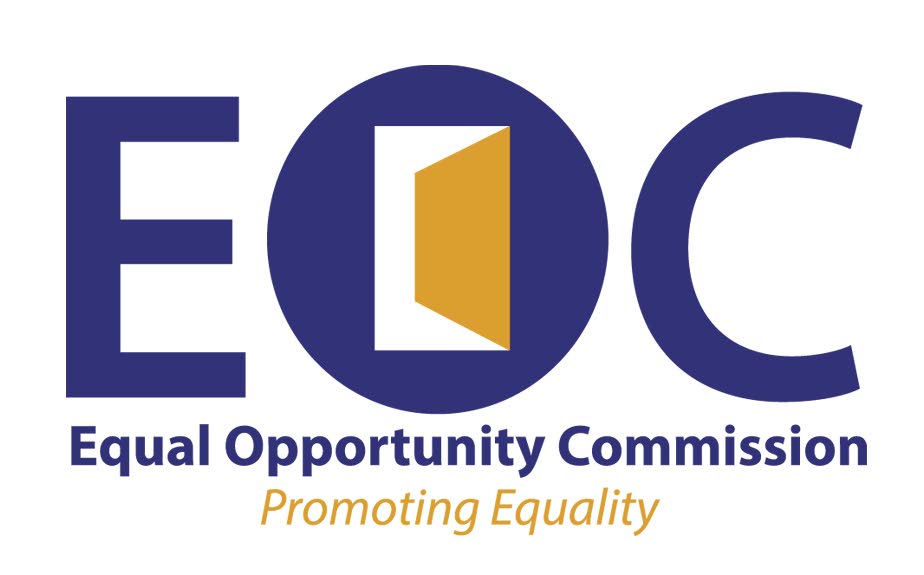Break the bias against women

DATA AT the Equal Opportunity Commission (EOC) shows that since its inception, the most complaints that are lodged at our offices are by women in the category of employment. This is supported by data from International Women’s Day Global, where almost 60 per cent of women experience bias at work. Whether it is deliberate or unintentional, biases make it harder for women to get hired or promoted in certain fields.
On Tuesday, the world will observe International Women’s Day (IWD) and the 2022 theme is #BreakTheBias. While employment-related discrimination consistently ranks as the most lodged complaint, this does not mean that discrimination is confined to the workplace. There are many studies that indicate that the workplace is a microcosm of society and to learn what is happening in society one can turn to the workplace where societal values are reflected.
The term “glass ceiling” describes invisible barriers that hold women back from career advancement. To understand this concept it is important to understand implicit bias. This is unconsciously having a particular attitude towards a group of people – for the purpose of the column, women – and associating stereotypes with them. There are multitudes of examples to pull from, such as: women can’t drive, women are too emotional, women don’t know what they want; and when these are said often enough, they are treated as a fact.
These stereotypes translate to the workplace. For instance, the unfounded claim that women do not excel at science, technology, engineering or maths (STEM) can prevent women from pursuing a career in this sector; and they can receive fewer honours or be promoted less frequently to critical positions.
There are also covert or subtle forms of sexism at the workplace, where there is unequal and harmful treatment of women and men in a hidden or concealed manner. These sometimes go unnoticed and can result in organisational tolerance of discriminatory behaviour and attitudes.
We are all responsible for breaking the biases against women in our homes, communities, workplaces and schools. Here are some ways you can be part of the solution.
Be self-aware: A good place to start is to look within ourselves and examine how we may have implicit bias towards women and actively work to overcome these biases. Try to focus on seeing people as individuals, rather than focusing on stereotypes that define them. We should also take time to reflect on potential biases and replace them with positives.
Educate yourself: There is heightened activity for IWD and many organisations are raising awareness and hosting various virtual webinars and activities. Read the publications, attend the events and share them with friends and family. The first step to self-awareness is education.
Influence your circle: You can’t reach everyone, but you can educate and hold your circles accountable. We know that gender equality begins at home, families are at the front line of changing these biases. Parents should embrace talking to their children about gender equality and women’s rights. By doing so we are setting them up to lead the way for a better future for all.
Equal opportunity policies at the workplace: Organisations should develop equal opportunity policies and an anti-harassment policy with written guidance for managers on harassment and discrimination, as well as an internal complaints procedure. New incoming staff should be made aware of these documents as part of their orientation. Existing staff should undergo sensitisation training and refresher training at a later point. Lastly, HR staff and other managers should be trained in monitoring compliance and in handling complaints.
Access services: If you have been discriminated against you can lodge a complaint at the Equal Opportunity Commission. We will receive, investigate and conciliate your complaint.
Also, the EOC offers free guidance to organisations that need assistance to develop their policies/procedures. To request a free webinar on inclusivity for your organisation, send an e-mail to communications@eoc.gov.tt The EOC has also published guidelines for employers, which are available on the EOC’s website: www.equalopportunity.gov.tt.


Comments
"Break the bias against women"